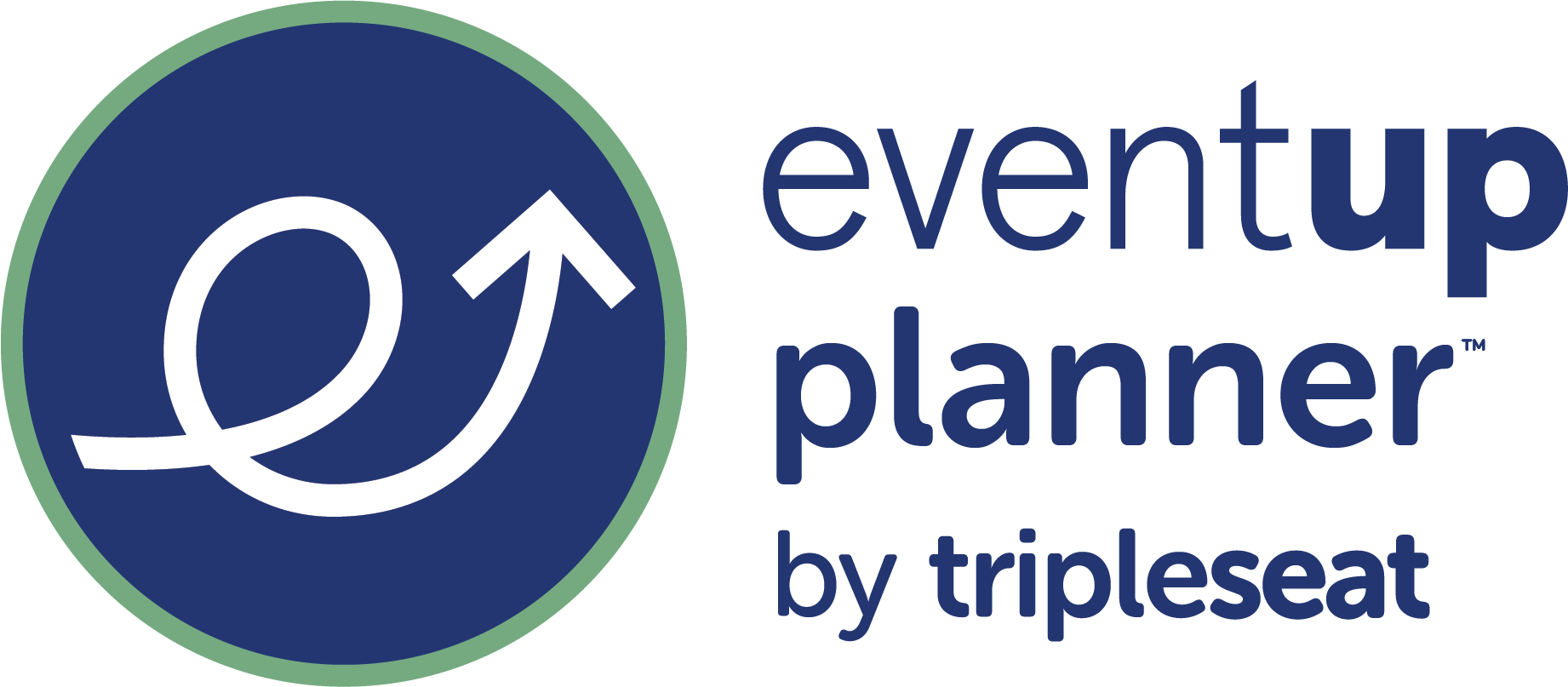No one in the event world likes to change their event technology. When you’re used to doing things a certain way, the thought of trying something different can be scary – even if what you’re currently doing isn’t really working for you.
We’ve talked to many corporate event planners stuck using clunky, outdated software. We’ve also talked to corporate event planners who still use spreadsheets to project manage and keep track of their event analytics (if you’re making the scream emoji face, we are, too).
What’s kept these event professionals from making a move to something better?
Here are a few reasons:
- Time needed to learn a new tool
- Cost of upgrading
- Lack of buy-in from the top
If you’re feeling stressed out by a lack of event planning support, and these roadblocks stand between you and your most productive self, this post will help get you unstuck. We’ll address each obstacle head-on so you can make the case for getting the needed resources.
Time Needed To Learn New Event Technology
Suppose you use multiple tools to manage landing pages, emails, and registrations. In that case, you’re constantly downloading reports and updating spreadsheets, or you’re spending a lot of time on the phone with customer support; you’re spending your day performing repetitive tasks.
You will never see a return on that time, and what’s worse, you will likely feel constant frustration knowing there’s a better way. When considering the hidden cost of maintaining the status quo, consider it like renting an apartment vs. buying a house.
Sure, learning new software takes time. From onboarding to watching a few how-to videos or consulting a knowledge base or FAQ page when you try out a feature for the first time, you must dedicate some time to learning the new system. But the time you spend learning is an investment; once you’ve mastered a platform, you won’t have to go through the onboarding process again, and all the time you save is yours to keep.
Consider that technology has come a long way, and there are many tech solutions available that are user-friendly and easy to learn. For example, some of EventUp Planner’s enterprise customers were able to launch multiple events across the world within a month of signing up with the new platform.
Cost Of Upgrading
Naturally, pricing will play a significant role in getting approval for new event planning software. If the solution you’re looking at costs more than what you currently pay, you’ll probably meet with resistance. But the cost of doing nothing is actually more expensive in the long run.
Here’s the key. When making the case for an upgrade, focus on the benefits and how they translate to savings. You may be excited about event cloning capabilities, marketing tool integrations, added functionality, customizability, or better attendee experience. However, to justify a more significant upfront investment to your boss, think about the following:
- Does the new event planning software replace any tools you are currently paying for?
- Will access to automation allow you to manage more events (therefore driving more revenue)?
- Can you reduce reliance on your marketing/design team (freeing their time to work on lead-generating activities)?
- Can you cut down fees per ticket sold charged by some event tech platforms?
It’s much easier to argue for paying more for better event technology if the ROI is higher than your current one. Oftentimes, the ability to launch just a couple more events per year will offset any upfront cost increase. Doing the math will help you make a far more compelling case for upgrading your current event management system.
Lack Of Buy-In From The Top
As we’ve discussed above, framing your argument for investing in better event management tools in terms of time and cost savings is one effective way to get buy-in from decision-makers at your company. Another is to present them with the results from other businesses using the platform you’d like to switch to.
Change is much less risky when well-known organizations have tried the software you’re pitching and have had tangible success. Rather than worrying about the cost of making a mistake, your boss will realize that inaction means leaving money on the table and that taking action can have other benefits (like being regarded as an innovator and a changemaker within your organization).
Here are a couple of ways to incorporate social proof into your software proposal:
- Include testimonial quotes from other corporate event organizers focusing on time or cost savings. You can find these testimonials on the organization’s website or from comparison tools like G2Crowd.
- Share case studies where the event planning software has had a positive impact on large-scale revenue
This will make it easier for your boss to get aligned with your plan to upgrade your event technology.
Being an event planner is a stressful job; there are many things you can’t control, like vendors or deadlines. But you can advocate for better resources and the ability to spend your time on the things that matter most. All it takes is a dedicated focus on what matters most to your boss and the understanding that the cost of doing nothing far outweighs the cost of taking a chance on new event technology. If you want to learn if EventUp Planner (formerly Attendease) is a good fit for your organization, download our Platform Overview.


